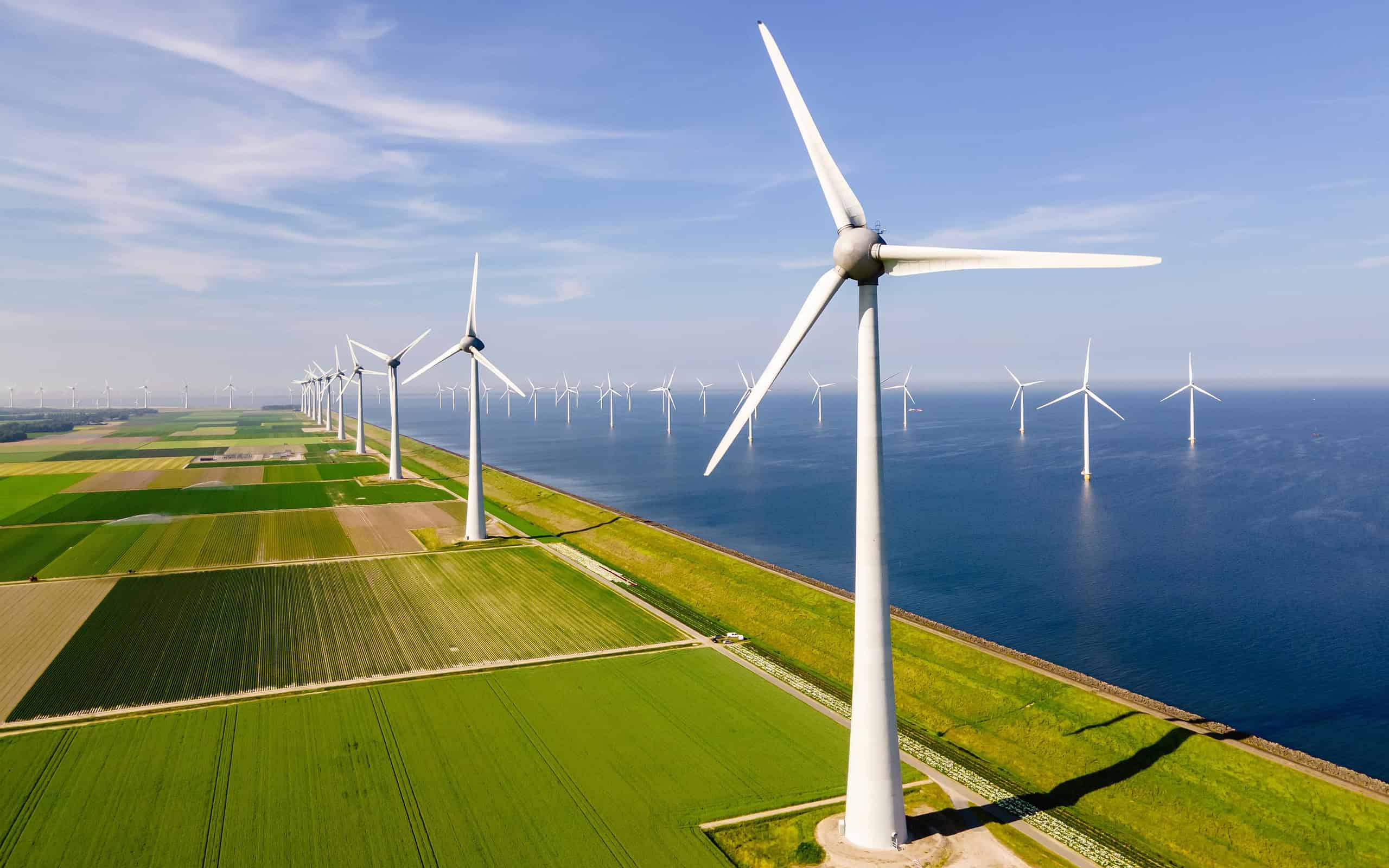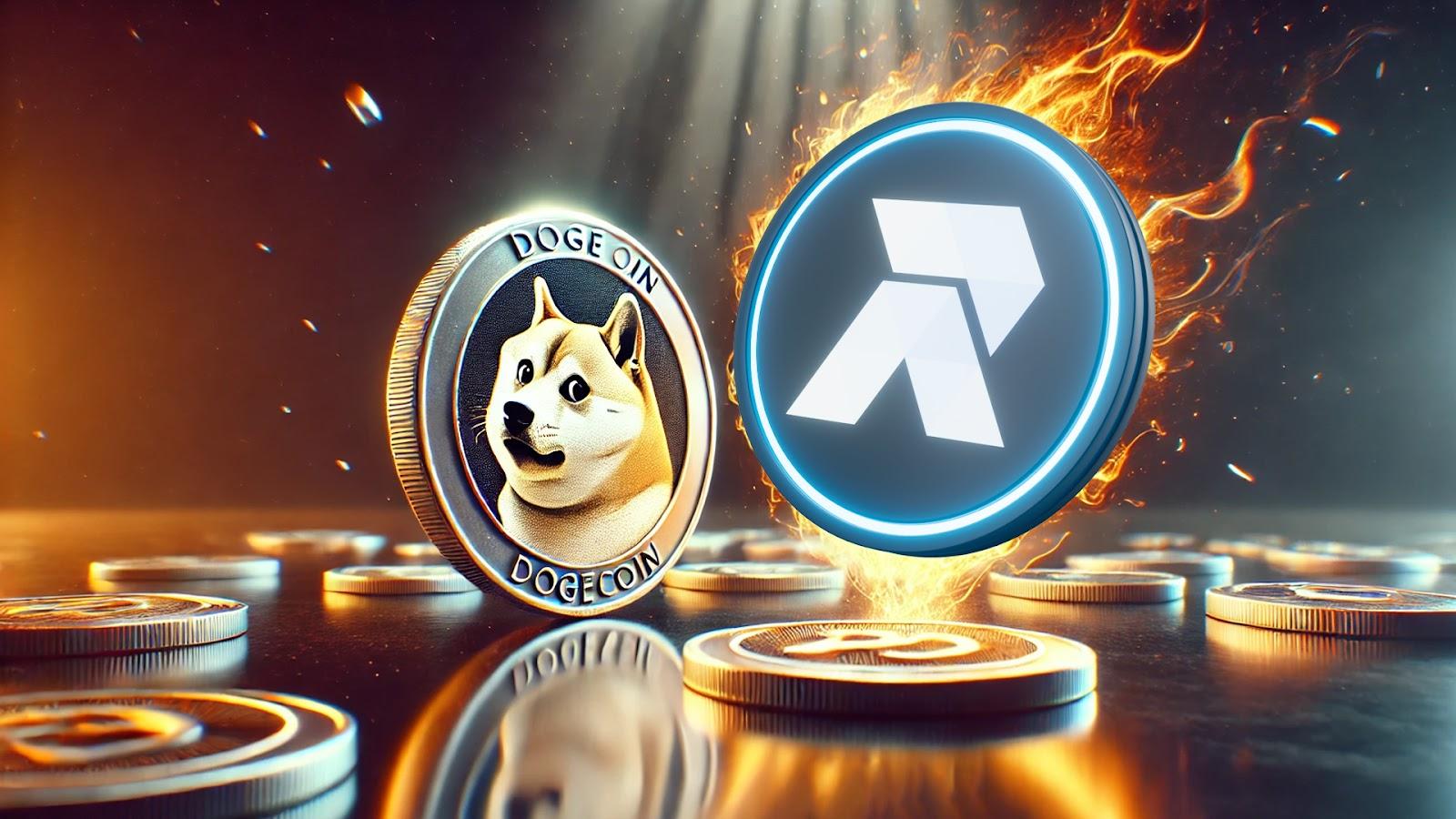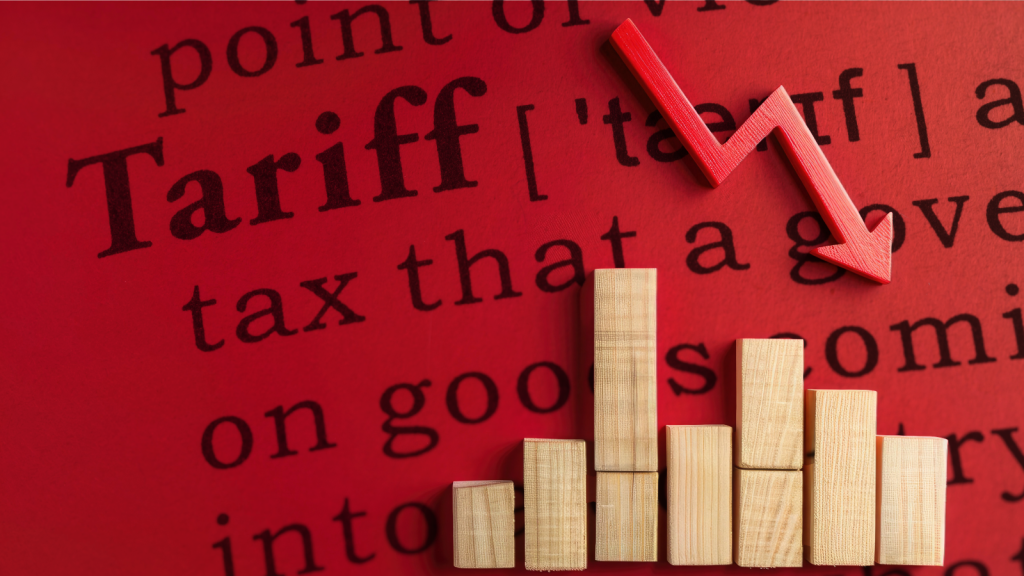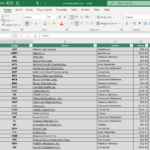Sustainable Finance Awards 2025: Global And Country Winners

A record year for sustainable bonds, but is the global compact cracking?
For sustainable finance, 2024 was the best of times and the worst of times.
On the positive side, issuance of impact bonds, sometimes called “GSS+” bonds (green, social, sustainability, and sustainability-linked instruments) totaled $1.1 trillion, according to provisional data published by the Climate Bond Initiative (CBI) in January.
However, on the red side of the ledger, the global coalition to contain climate change seemed to be fracturing by the end of the year. The 2024 US presidential elections brought to power the new Donald Trump administration; and Trump immediately ordered US withdrawal from the Paris Agreement, the world’s main treaty to fight climate change.
Given the need to more than double spending on clean energy supply, storage, and grid infrastructure to $300 billion/year for developing countries and $1.3 trillion/year for developed countries by 2035 “to keep the 1.5 target alive” (to achieve the goal of limiting global warming to an increase of no more than 1.5°C), “2024 failed to live up to what is needed,” says Gregor Vulturius, lead scientist and senior adviser on climate and sustainable finance at SEB.
Many market observers, however, still see the glass half full—especially looking beyond North America. “The outlook for 2025 is growth in sustainable finance,” says Timothy Rahill, a credit strategist at ING (Netherlands). “We ended 2024 with an increase over 2023. Of course, in 2021 and 2022, the levels of sustainable-finance issuance were very high, and outliers in the initial rush to do green issuance.”
According to CBI’s preliminary numbers, green bonds dominated in 2024, accounting for approximately 61% of the $1.1 trillion GSS+ debt accrued that year, compared with social and sustainability bonds (34%) and sustainability-linked bonds (1%).
Rahill explains that the EU’s Green Bond Standard (GBS), which took effect in December, should eventually push green bonds further. The standard aims to boost investor confidence by setting “a clear gold standard for green bonds” in the EU.
Still, “Many other issuers, such as sovereigns, view the rigorous new requirements [of the GBS] as a significant hurdle,” according to a late-January blog post by global investment firm Franklin Templeton. “They will likely adopt a wait-and-see approach to understand all potential implications before committing to issuing a [European green bond].”
According to Moody’s Ratings, overall bond issuance soared 35% in 2024, while sustainable bonds remained flat; and the latter’s share of the overall bond market fell from 15% in 2023 and 2022 to 11% in 2024.
However, Rahill predicts that in 2025, “Issuers will return their focus to green/sustainable finance issuance.” Moody’s mostly agrees, anticipating new green bond volumes rising to about $620 billion, 2% more than in 2024, “but eclipsing the previous record of $617 billion in 2021.”
Globally, “Social bonds will be constrained by a lack of benchmark-sized projects, while transition-labeled bonds and sustainability-linked bonds (SLBs) will remain niche segments as they navigate evolving market sentiment,” the ratings agency posted on its website.
For sustainable bonds, “Market conditions will remain the same as 2024,” says SEB’s Vulturius, who predicts growth of around 10%. According to SEB’s data, 2024 saw approximately $1.2 trillion in new sustainable bonds versus roughly $1.1 trillion in 2021, the previous record year, though SEB’s numbers, like CBI’s, are still preliminary.
What about the new administration in Washington, D.C.?
“I don’t expect the sustainable finance market will see a major headwind with the Trump administration. I still think we will see growth in 2025, even in US dollar debt,” says Rahill, though some corporations may not commit until the second quarter.
The CBI identified several factors that will encourage issuance in 2025, including new taxonomic definitions and increased spending by governments, development banks, and corporations on efforts at climate change impact adaptation and resilience. The CBI also expects increased visibility from insurance companies regarding sustainable finance in 2025.
Institutions focusing on sustainable finance in its various forms will have plenty to keep them busy in 2025. With that in mind, Global Finance presents its fifth annual Sustainable Finance Awards, with winners from seven regions and 53 countries, territories, and districts; and global honorees in 14 categories.
Methodology: Behind the Rankings
Global and regional awards require submissions detailing hard metrics of ESG activity, such as year-over-year growth in sustainable finance transactions or sustainable financial instruments as a percentage of total portfolio. Softer metrics also required include goal alignment with leading ESG norms or innovative product development. Entries were not required for country awards, which were judged by the editorial team’s independent research. Evaluation criteria includes governance policies and goals, environmental and social sustainability financing achievements, industry leadership, and third-party assessments. This awards program covers activities from January 2024 to December 2024. There was no fee to enter.
World’s Best Bank for Sustainable Finance: DBS
DBS is striving to green Asia’s economy by acting as an environmental-transition catalyst for anchor companies, mid-caps, and small and midsize enterprises (SMEs). The bank provides transition-related financing for these organizations at the corporate, project, and asset level. Among these offerings are green, sustainability-linked, and social loans and bonds, along with carbon-market financing and other products.
Standout transactions in 2024 include a loan to LG Energy to construct a plant in Poland for the manufacture of batteries used in electric vehicles. A 3 billion Hong Kong dollar (about $385.7 million) loan to the Hong Kong Housing Society will help create affordable residential projects. A 300 million Singapore dollar (about $224.2 million) bond will help the Singaporean developer CapitaLand build projects in alignment with green finance frameworks. In addition, the bank develops analytical tools to track and analyze climate data. It engages with industries (notably in the power, automotive, steel, shipping, real estate, and automotive sectors) and policy makers to chart paths to a healthier environment. —Laura Spinale
Sustainable Finance Deal of the Year: CTBC (Project Trinity/Offshore Wind)
Seeking to help Taiwan transition to a greener economy, CTBC Bank is working with Ørsted, the world’s largest developer of offshore wind-power projects, for the construction of the 61.3 billion Taiwan dollar (about $1.9 billion) Project Trinity.
This project consists of two offshore wind farms with turbines designed to withstand typhoons, seismic activity, and other ecological vagaries. Slated to be operational by the end of 2026, the farms—named Greater Changhua 2b and Greater Changhua 4—will generate 337 MW and 583 MW of electricity, respectively. This is enough to power roughly a million Taiwanese households.
CTBC Bank acted as mandated lead arranger and bookrunner for this syndicated loan. In that capacity, it identified and recruited potential lenders and other partners. These include Cathay Life Insurance, Taiwan’s largest insurance company. Project Trinity marked Cathay’s debut investment in Taiwan’s offshore wind market. CTBC Bank also recruited Taiwan’s National Credit Guarantee Administration to act as local export credit agency for the loan package. —LS
Best Impact Investing Solution: BTG Pactual
Brazilian-headquartered BTG Pactual has been actively expanding its sustainable funding and transactions that have environmental and social benefits. This includes developing and managing new funds with strong sustainability and impact guidelines for financial products available in local markets.
BTG Pactual raised 542 million Brazilian reais (about $95.3 million) in its impact investing fund, which achieves social and environmental benefits with strong financial returns. The fund invests in small and midsize enterprises through private equity, focusing on educational technology for low-income populations, agribusiness software, alternatives to plastic packaging, and sustainable practices within the Brazilian açaí palm chain.
The bank has also focused on reforestation efforts through its Timberland Investment Group (TIG) subsidiary, which launched in 2021 and has raised $500 million toward its $1 billion target. The group wants to restore about 133,000 hectares (about 328,650 acres) of natural forest and establish sustainable commercial tree farms on an additional 133,000 hectares. As of the first quarter of 2024, TIG had $6.9 billion in assets and commitments and nearly 3 million acres under management throughout the US and Latin America. —Andrea Murad
Best Platform/Technology Facilitating Sustainable Finance (Non-Bank): China Central Depository & Clearing Co.
China Central Depository & Clearing Co. (CCDC) is a state-funded financial institution responsible for the custody, registration, and settlement of fixed-income securities in China. It functions as an important operations platform for the bond market, a supporting platform for the implementation of macroeconomic policies, a benchmark-services platform, and a key gateway for the opening up of China’s bond market. For example, CCDC provides issuance, registration, depository, settlement, valuation, collateral management, and information-disclosure services for green bonds, social responsibility bonds, and other sustainable finance products.
Its services can help issuers improve information-disclosure transparency and assist investors in identifying sustainable financial products. CCDC also promotes sustainable investment philosophy and otherwise contributes to the development of sustainable finance in China. As part of this work, it develops sustainable development-related indices, including China’s first green bond index, and has developed new standards for ESG evaluation.
—LS
Circular Economy Commitment Award: Nordea
The circular economy is about reusing, repairing, and recycling products and materials instead of simply disposing of them. Pulp and paper technologies provider Valmet has embraced circular economic principles in a big way. It’s now upgrading and extending the lifetime of its machines. The company has learned that modular machine design and smart engineering can often enable the same equipment’s use for other purposes. Valmet is also maximizing the use of recycled metals, reusing metals in its foundries.
Finland’s Nordea was the sole sustainability structuring adviser in Valmet’s March 2024 €200 million (about $206 million) green bond offering, making it easier for Valmet’s customers to manufacture sustainable products from renewable resources in the high-emissions pulp and paper industry. All eligible expenditures from the financing are aligned with the EU Taxonomy Regulation section 5.1 under transition to a circular economy.
—Andrew Singer
Best Bank for Green Bonds: Raiffesen Bank International
Raiffeisen Bank International (RBI) has long been considered a pioneer in green bond issuance in its native Austria. In 2018, it rolled out its green bond program aimed at encouraging sustainable lending across the RBI network of 11 Central and Eastern European (CEE) markets. Along with other banks, it participated last June as bookkeeper for Czech power company CEZ’s second green and sustainability-linked bond issue, worth €750 million ($772 million). The 4.25% bonds are due in 2032 and will be listed on the main market of the Luxembourg Stock Exchange. “With a total outstanding volume of [€2 billion] across 21 bonds in five currencies in Austria as of December 2023, RBI is the largest green bond issuer among financial institutions in the country and a regular issuer of green bonds on the international capital markets and in the retail segment in Austria and CEE,” proclaims the bank in its Green Bond Allocation and Impact Report 2024.
RBI has also developed a Sustainability Bond Framework to facilitate the issue of sustainable bonds. The bank works closely with clients in countries across the region to determine their needs and long-term environmental goals and tailor any forthcoming environmental, social, and governance (ESG) loans accordingly. In total, ESG loans to corporates over 2024 grew some 14% to €8 billion after a 16% increase in 2023 to €7 billion. —Justin Keay
Best Bank for Social Bonds: Akbank
Akbank issued its first social bonds in 2022, and they have since proven to be suitable for its general bond issuance strategy. The bank issued some 770 million Turkish lira ($21.4 million) in domestic social bonds from 2022 to the end of 2023. The bonds incorporate three main pillars—environmental, technological, and social—that are aligned with Akbank’s Sustainable Finance Framework. The social pillar focuses on financing products and services to improve the health and well-being of communities in underdeveloped regions, facilitate equal opportunity, and generate employment, particularly among less-represented groups.
The bank has complemented its program of social bond issuance with a program of social loans. In 2023, in the wake of the devastating Feb. 6 earthquake that hit Turkey, Akbank announced the country’s first syndicated social loan, some $500 million in support of the Turkish economy, with a 367-day maturity. Thirty banks from 16 countries participated in this syndicated social loan, which was a first in Turkey. —JK
Best Bank for Sustainable Bonds: BPI
Bank of the Philippine Islands (BPI) in 2024 issued and listed peso-denominated, fixed-rate, sustainable, environmental and equitable development bonds (SEED bonds) totaling nearly 34 billion Philippine pesos (about $587 million). The SEED bonds represent the bank’s largest thematic issuance to date. Proceeds will fund renewable energy, pollution prevention, and sustainable agriculture projects. They will further finance socioeconomic development activities, such as providing access to essential services for poverty-stricken communities.
The bank also served as a joint lead underwriter and bookrunner for Ayala Land’s 6 billion Philippine peso sustainability bond. Ayala Land is one of the largest property developers in the Philippines, and bond proceeds will be used by the company to implement energy and water-saving measures across its real estate portfolio. These measures include energy-efficient cooling systems and water harvesting/recycling systems. These and other activities bolster the bank’s goal of creating a 1 trillion Philippine peso corporate and SME portfolio supporting the UN Sustainable Development Goals. It hopes to reach that milestone by 2026. —LS
Best Bank for Sustaining Communities: CaixaBank
CaixaBank has long been a global leader in microfinance, social bonds, and support for local communities.
The bank’s commitment was tested in October 2024, when record-breaking rainfall and flash floods battered Spain, causing casualties, massive disruptions, and economic losses, especially in the Valencia region. Caixa responded by opening a line of credit worth more than €2.5 billion for companies affected by the catastrophic weather. The bank also allowed commission-free cash withdrawals for customers with cards from other banks, for seven days, at the 785 ATMs it operates in Valencia.
In the first half of 2024, Caixa dedicated €1.08 billion to financing projects that positively impact local communities. This included its Velindre project, helping to fund the design, construction, and operation of an oncological hospital center in Wales. The bank also focused in 2024 on loans to finance projects linked to affordable housing, education, health, social and economic inclusion, and support for small and midsize enterprises in the Madrid area. —AS
Best Bank for Sustainability Transparency: Scotiabank
Scotiabank’s goals are guided by its motto: “for every future.” This wholesale bank operates in the Americas and focuses on advancing the climate transition and promoting sustainable economic growth.
The bank’s enterprise-wide goals address climate risks by financing solutions for clients in carbon-intensive sectors, advancing net-zero initiatives to reduce emissions, and reducing its own emissions. Scotia’s Climate-Related Finance Framework outlines products and services that meet the bank’s goal of providing 350 billion Canadian dollars (about $246.2 billion) in climate-related finance by 2030.
Scotia’s credit due diligence processes address environmental and climate-related risks across its lending portfolio and are integrated into its credit-risk policies. Scotia Global Asset Management has adopted sustainable investment policies and publishes annual investment transparency reports.
In its Risk Appetite Framework, Scotia uses ESG performance metrics that are also included in its annual industry review process. The climate change risk assessment evaluates physical and transition risks and a client’s awareness of climate risks as a measure of management quality. —AM
Best Bank for Sustainable Financing in Emerging Markets: Maybank
Based in Malaysia, and one of the largest lending banks in Southeast Asia, Maybank is committed to serving the emerging markets in the 20 countries in which it operates. Here are some examples: In Indonesia, the bank has embarked on a social financing program to empower disadvantaged women and support growth through its partnership with Permodalan Nasional Madani. This microfinance company, focusing on women in its work with Maybank, strives to enhance the general welfare by supporting small entrepreneurs’ access to capital, mentorship, and capacity-building programs. Understanding that a healthy environment is key to any business’ success, Maybank is working with BenihBaik.com to support the construction of organic waste facilities in three cities in Bali. These waste management facilities will provide a cleaner environment for residents while also engaging in bioconversion processes that use living organisms to transform waste into substances such as methane that can later be used in energy production. —LS
Best Bank for Transition/Sustainability-Linked Loans: OTP Bank
OTP Bank, formerly owned by the Hungarian state, now operates across 12 CEE countries. It continues to prioritize ESG targets in all its operations and is a leader in transition/sustainability-linked loan issuance. Such loans typically incorporate ESG criteria into the loan terms. Companies that meet or exceed predefined ESG performance targets may benefit from reduced interest rates, incentivizing sustainable practices. Conversely, failing to meet these targets may result in higher interest rates, thus ensuring a strong commitment to sustainability.
Green loans to corporates (including ESG-related loans) rose 38% year on year (YoY) in the third-quarter of 2024 (over Q3 2023), while retail loans rose 17% YoY. Green loans to corporates constitute around 6% of overall loans, to retail around 1.4%. In 2024, ESG financing as a proportion of the total for OTP reached 3.7%, more than double the 1.7% reached in 2023. According to Sustainalytics’ July 2024 report, “€1.26 billion have been allocated in the categories renewable energy, green buildings, and clean transportation, with projects located in Albania, Bulgaria, Croatia, Hungary, Romania, Serbia, and Slovenia.” —JK
Best Bank for Sustainable Infrastructure/Project Finance: Societe Generale
The sustainable infrastructure finance work of Societe Generale (SocGen) includes acting as initial coordinating lead arranger and joint bookrunner for the $8.8 billion SunZia Wind and Transmission project. The project consists of a 3.5 GW wind farm in New Mexico, along with a 550-mile transmission line to deliver this clean energy to Arizona. In Europe, SocGen served as senior mandated lead arranger for €4.2 billion (about $4.4 billion) in financing earmarked for the construction of a large-scale facility to produce green steel. Associated financing will fund the construction of a water treatment plant to supply the demineralized water necessary for green steel manufacturing. Among SocGen’s ESG-related loans are €2.6 billion in financing for the Fècamp 497 MW offshore wind farm in France. SocGen also acted as sole structuring bank for ReNew Power’s 600 MW, 35 billion Japanese yen (about $233.2 million), solar project in India; and as sole mandated lead arranger for nearly 11 billion Japanese yen in funding for Shizen Energy’s Kyushu (Japan) solar power plant.
| Global Winners | |
|---|---|
| World’s Best Bank for Sustainable Finance | DBS |
| Sustainable Finance Deal of the Year | CTBC (Project Trinity/Offshore Wind) |
| Best Impact Investing Solution New for 2025 | BTG Pactual |
| Best Platform/Technology Facilitating Sustainable Finance (Non-Bank) New for 2025 | China Central Depository & Clearing Co. |
| Circular Economy Commitment Award New for 2025 | Nordea |
| Best Bank for Green Bonds | Raiffeisen Bank International |
| Best Bank for Social Bonds | Akbank |
| Best Bank for Sustainable Bonds | BPI |
| Best Bank for Sustaining Communities | CaixaBank |
| Best Bank for Sustainability Transparency | Scotiabank |
| Best Bank for Sustainable Infrastructure/Project Finance |
Societe Generale |
| Best Bank for Sustainable Financing in Emerging Markets |
Maybank |
| Best Bank for Transition/Sustainability- Linked Loans | OTP Bank |
| Best Bank for ESG-Related Loans | Societe Generale |
| Country, Territory, And District Winners | |
|---|---|
| AFRICA | |
| Djibouti | iib East Africa |
| Egypt | CIB |
| Ghana | Ecobank |
| Kenya | Absa |
| Nigeria | Bank of Industry (BOI) |
| South Africa | Nedbank |
| ASIA-PACIFIC | |
| China | DBS |
| Hong Kong | OCBC |
| India | Aseem Infrastructure Finance |
| Indonesia | Maybank |
| Japan | Morgan Stanley Japan |
| Malaysia | Maybank Malaysia |
| South Africa | Nedbank |
| Philippines | BPI |
| Singapore | UOB |
| South Korea | Industrial Bank of Korea |
| Thailand | Bangkok Bank |
| Vietnam | SHB |
| CENTRAL & EASTERN EUROPE | |
| Armenia | Ameriabank |
| Czech Republic | CSOB |
| Hungary | OTP Bank |
| Moldova | MAIB |
| Poland | Bank Pekao |
| Turkey | Akbank |
| LATIN AMERICA | |
| Brazil | BTG Pactual |
| Chile | Scotiabank |
| Colombia | Banco Davivienda |
| Dominican Republic | Banco Popular Dominicano |
| Mexico | Banamex |
| MIDDLE EAST | |
| Bahrain | Arab Bank |
| Jordan | Arab Bank |
| Kuwait | National Bank of Kuwait |
| Qatar | QNB |
| Saudi Arabia | SAB |
| UAE | Emirates NBD |
| NORTH AMERICA | |
| Canada | Scotiabank |
| United States | Bank of America |
| WESTERN EUROPE | |
| Austria | Erste Bank |
| Belgium | KBC Group |
| Denmark | Nordea |
| Finland | Nordea |
| France | BNP Paribas |
| Germany | Commerzbank |
| Greece | Eurobank |
| Italy | UniCredit |
| Luxembourg | Spuerkeess |
| Netherlands | ING |
| Norway | Nordea |
| Portugal | Millennium BCP |
| Spain | BBVA |
| Sweden | SEB Bank |
| Switzerland | ING |
| UK | HSBC |



































